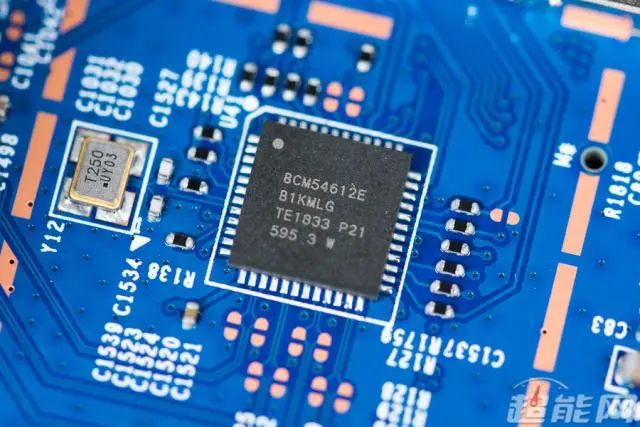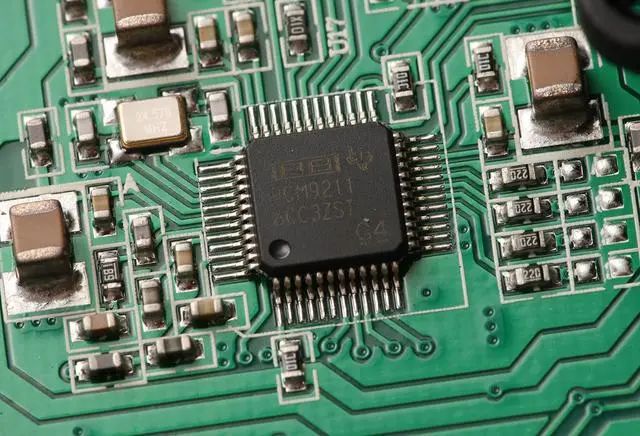Introduction.
Wireless communication modules are widely used in vehicle monitoring, remote control, telemetry, small wireless networks, wireless metering, access control systems, community paging, identity recognition, wireless remote control systems, biological signal acquisition, hydrometeorological monitoring, robot control, digital audio, and digital image transmission.


What is a Wireless Communication Module?
A wireless communication module is a module that uses wireless technology for transmission, mainly consisting of a transmitter, receiver, and controller.
Working Principle
The wireless communication module enables various terminal devices to have network information transmission capabilities, with signals propagating through the air until they reach the target location. At the target location, another antenna receives the signal, and a receiver converts it back into current. Both receiving and sending signals require antennas, which can be classified into omnidirectional antennas and directional antennas. Due to the effects of reflection, diffraction, and scattering during signal propagation, wireless signals can reach their destination through many different paths, forming multipath signals.
All wireless signals are transmitted through the air as electromagnetic waves, which consist of an electronic component and an energy component. Sound and light are two examples of electromagnetic waves. Waves in the wireless spectrum (used for broadcasting, cellular phones, and satellite transmission) are invisible and inaudible until decoded by a receiver.
“Wireless spectrum” refers to the continuum of electromagnetic waves used for remote communication, which have different frequencies and wavelengths. The wireless spectrum includes frequencies from 9kHz to 300,000GHz. Each wireless service is associated with a specific area of the wireless spectrum. For example, AM broadcasting involves the lower end frequencies of the wireless communication spectrum, using frequencies between 535 and 1605kHz.

Each wireless service requires specially designed antennas. The specifications of the service determine the power output, frequency, and radiation pattern of the antenna.
Antenna types are divided into directional antennas and omnidirectional antennas. Directional antennas are commonly used in satellite downlinks and uplinks, wireless LANs, and applications in space, marine, and aviation missiles. In contrast, omnidirectional antennas are often used by television stations, radio stations, and mobile phone transmission towers.
Common Wireless Communication Modules in Daily Life
Mobile communication technology has evolved from 2G to 5G, addressing communication between people, between people and objects, and between objects themselves, characterized by high speed, low latency, and numerous connections. It is commonly used in industrial control, remote medical care, autonomous driving, smart cities, smart homes, environmental monitoring, security monitoring, and intelligent robotics.
5G
Mobile communication technology has evolved from 2G to 5G, addressing communication between people, between people and objects, and between objects themselves, characterized by high speed, low latency, and numerous connections. It is commonly used in industrial control, remote medical care, autonomous driving, smart cities, smart homes, environmental monitoring, security monitoring, and intelligent robotics.

WIFI
WIFI technology is the most commonly encountered wireless communication technology, offering fast transmission rates and wide coverage. By converting wired network signals into wireless radio signals, terminal devices can connect to WIFI and achieve wireless network communication. It is commonly used in smart homes, artificial intelligence, smartphones, computers, and other electronic consumer products.

Bluetooth
Bluetooth technology has a low transmission rate and short transmission distance, but it has high integration and reliability, enabling short-range data exchange between personal area networks and fixed or mobile terminal devices. It is commonly used in the automotive field, smart healthcare, wireless headsets, smart locks, and smart wearable devices.

Narrowband IoT
Narrowband IoT is a new type of wireless communication technology that supports low-power devices in wide-area cellular data connections, characterized by wide coverage, mobility, low power consumption, low cost, and numerous connections. It is commonly used in smart cities, smart water meters, shared devices, smart logistics, and smart agriculture.
ZigBee
ZigBee is a wireless communication technology developed for industrial automation, similar to Bluetooth but designed for longer transmission distances and stronger anti-interference capability and reliability. It is commonly used in industrial control, smart buildings, remote metering, smart lighting, and agricultural control.

Scan to Follow Us
Contributor: Kong Zhongyi Some content sourced from the internet
Final Review: Tu Peiqi